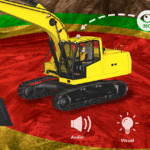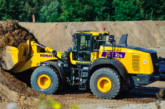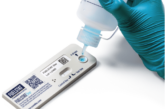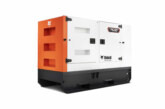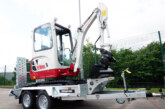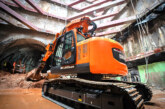Leica Geosystems, a Hexagon company, announced the Leica iCON PA10 and PA80 personal alert systems that create warnings when vehicles and pedestrians on construction and mining sites come into close contact to avoid potential accidents, significantly increasing safety.
The iCON PA10 is a standalone personal alert device that creates multiple zones with up to 50 metres ranges with configurable warnings around any vehicle. The technology can predict potential close interactions between machinery and pedestrians, generating visual, audible and vibratory alarms to both operators and the pedestrians to avert potential accidents.
The iCON PA80 is a personal alert interface integration into the popular Leica MC1 one-for-all software solution platform that guides and automates any and all heavy construction machinery. Regardless if the operator is in a dozer, excavator or any other machine, the iCON PA80 will automatically alert on the screen to any potential risks of collisions.
“The technology acts as a prior-warning system for our operators,” said Bitumill Senior Surveyor Tague O’Callaghan who was able to trial the iCON PA10 on site. “We have found operators are aware of where the workers and other equipment are at all times and can act in advance to minimise accidents.”
Simplified reporting in one location
All data collected by the iCON PA10 and PA80 personal alert system is directly sent to the proven Leica ConX web platform, bringing all information into one easy-to-use interface for collaboration and sharing among all stakeholders across any construction project. The collision avoidance data is incorporate into automated reporting to meet Work Heath and Safety (WHS) compliance regulations.
“Safety has increasingly become more important in the construction industry, not only as a contributor to the bottom line but also for the overall welfare of a crew and site,” said Tommi Kauppine, chief innovation officer, machine control division at Leica Geosystems. “The Leica iCON PA10 and PA80 were developed with this specifically in mind. After several conversations and research on many sites, we took every precaution into consideration to develop this technology for collision avoidance and personal safety.”

